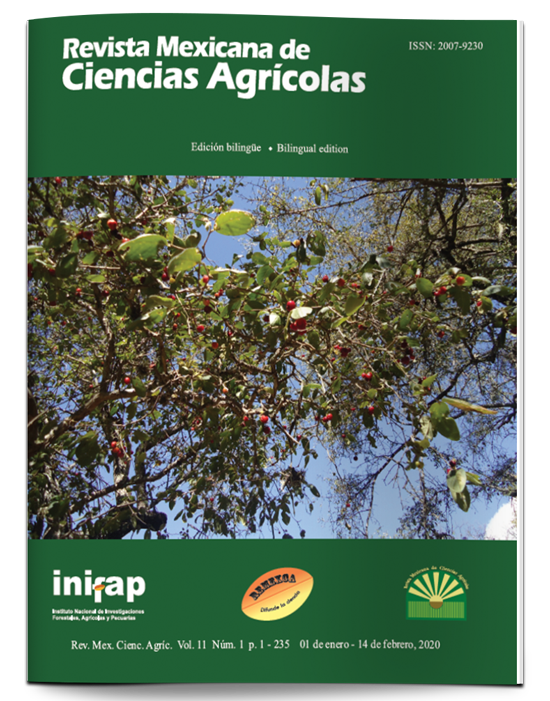Use of oat fiber with different particle size in baking: rheological and textural effect
DOI:
https://doi.org/10.29312/remexca.v11i1.1954Keywords:
baking, oat fiber flour, wheat flourAbstract
The objective of this work was to evaluate the effect of replacing wheat flour (HT) with oat fiber flour (HFA) with different particle size on the rheological, textural and baking properties. The particle size obtained after grinding oat fiber was 250 and 177 µm (microns). The replacement percentages used were 10, 20 or 30%. Flour mixtures were determined color, water retention capacity (CRA) and viscosity profile. The dough was measured for strength and extensibility by the Kieffer test, while the bread was measured for specific volume, water activity and texture profile. The results showed increases in force in the dough when the two fractions of HFA (250 or 177 µm) were used in the substitution of HT with respect to that obtained from HT (0.25 N). In extensibility, the most important increases were observed when 177 µm HFA was used. The specific bread volume was favored when 10 or 20% of HFA (177 µm) was used, observing very similar values between them (4.54 and 4.56 cm3 g-1, respectively), without showing significant differences to that obtained from HT (4.57 cm3 g-1). The texture profile showed the obtaining of softer breads when HFA (177 µm) was used, in its three different replacement percentages (4.86, 4.71 and 7.05 N), even improved as measured in HT (7.84 N).
Downloads
Published
How to Cite
Issue
Section
License
The authors who publish in Revista Mexicana de Ciencias Agrícolas accept the following conditions:
In accordance with copyright laws, Revista Mexicana de Ciencias Agrícolas recognizes and respects the authors’ moral right and ownership of property rights which will be transferred to the journal for dissemination in open access. Invariably, all the authors have to sign a letter of transfer of property rights and of originality of the article to Instituto Nacional de Investigaciones Forestales, Agrícolas y Pecuarias (INIFAP) [National Institute of Forestry, Agricultural and Livestock Research]. The author(s) must pay a fee for the reception of articles before proceeding to editorial review.
All the texts published by Revista Mexicana de Ciencias Agrícolas —with no exception— are distributed under a Creative Commons License Attribution-NonCommercial 4.0 International (CC BY-NC 4.0), which allows third parties to use the publication as long as the work’s authorship and its first publication in this journal are mentioned.
The author(s) can enter into independent and additional contractual agreements for the nonexclusive distribution of the version of the article published in Revista Mexicana de Ciencias Agrícolas (for example include it into an institutional repository or publish it in a book) as long as it is clearly and explicitly indicated that the work was published for the first time in Revista Mexicana de Ciencias Agrícolas.
For all the above, the authors shall send the Letter-transfer of Property Rights for the first publication duly filled in and signed by the author(s). This form must be sent as a PDF file to: revista_atm@yahoo.com.mx; cienciasagricola@inifap.gob.mx; remexca2017@gmail.
This work is licensed under a Creative Commons Attribution-Noncommercial 4.0 International license.



